The city of Chicago has been plagued by horrific incidences of gun violence, as more and more lives have been claimed, particularly in the city's south and west sides.
A recent Northwestern Medicine study examined the association between proximity to a liquor store and gunshot wounds from 1999 to 2009, finding that a person near a liquor store or tavern on the South Side or West Side is up to 500 times more likely to be shot than another individual in the same neighborhood.
The study is the first to offer a look at the association in specific neighborhoods, as oppose to the city as a whole. It also comes on the heels of a recent report by University of California, Riverside sociologist Robert Nash Parker, that found limiting access to alcohol could reduce community violence.
"You're adding alcohol to an already volatile situation in a distressed community," said lead investigator Marie Crandall, M.D., associate professor of surgery at Northwestern University Feinberg School of Medicine and a physician at Northwestern Memorial Hospital.
"If you light a match in the rainforest and throw it on the ground, the match will go out. If you light a match in a haystack in the middle of a drought, a powder keg will go off. These neighborhoods are powder kegs because they are challenged with high rates of unemployment, faltering economies, loss of jobs and institutionalized poverty and racism."
In 2012, more than 500 homicides were reported in Chicago, a 16 percent jump from 2011, and reports of violence continue to come out of the city. A large majority of these incidences are concentrated on the south and west sides of the city, which are primarily low-income, African-American neighborhoods. Thursday night, a shooting on the South Side left 13 shot, including a 3-year-old boy.
Crandall said the findings should be used to influence discussion with city officials, suggesting one solution could be closing liquor stores in certain neighborhoods and replacing them with food stores.